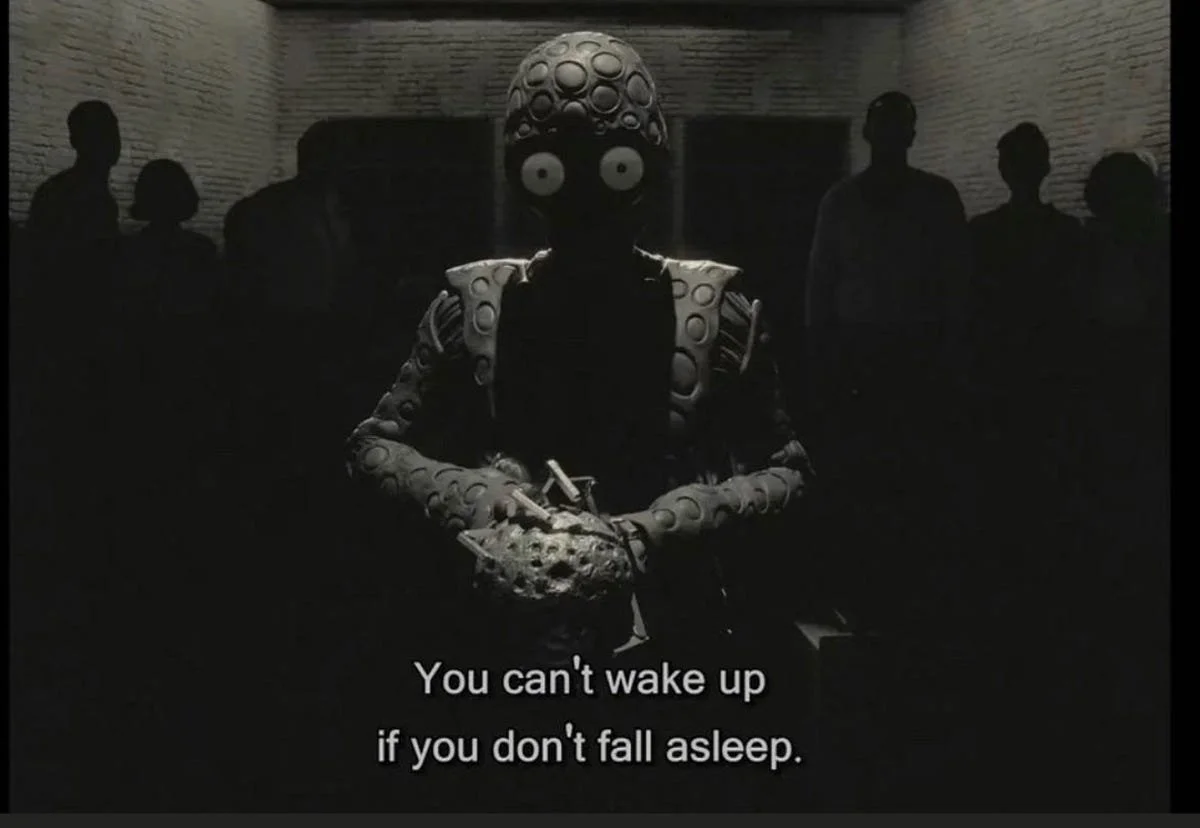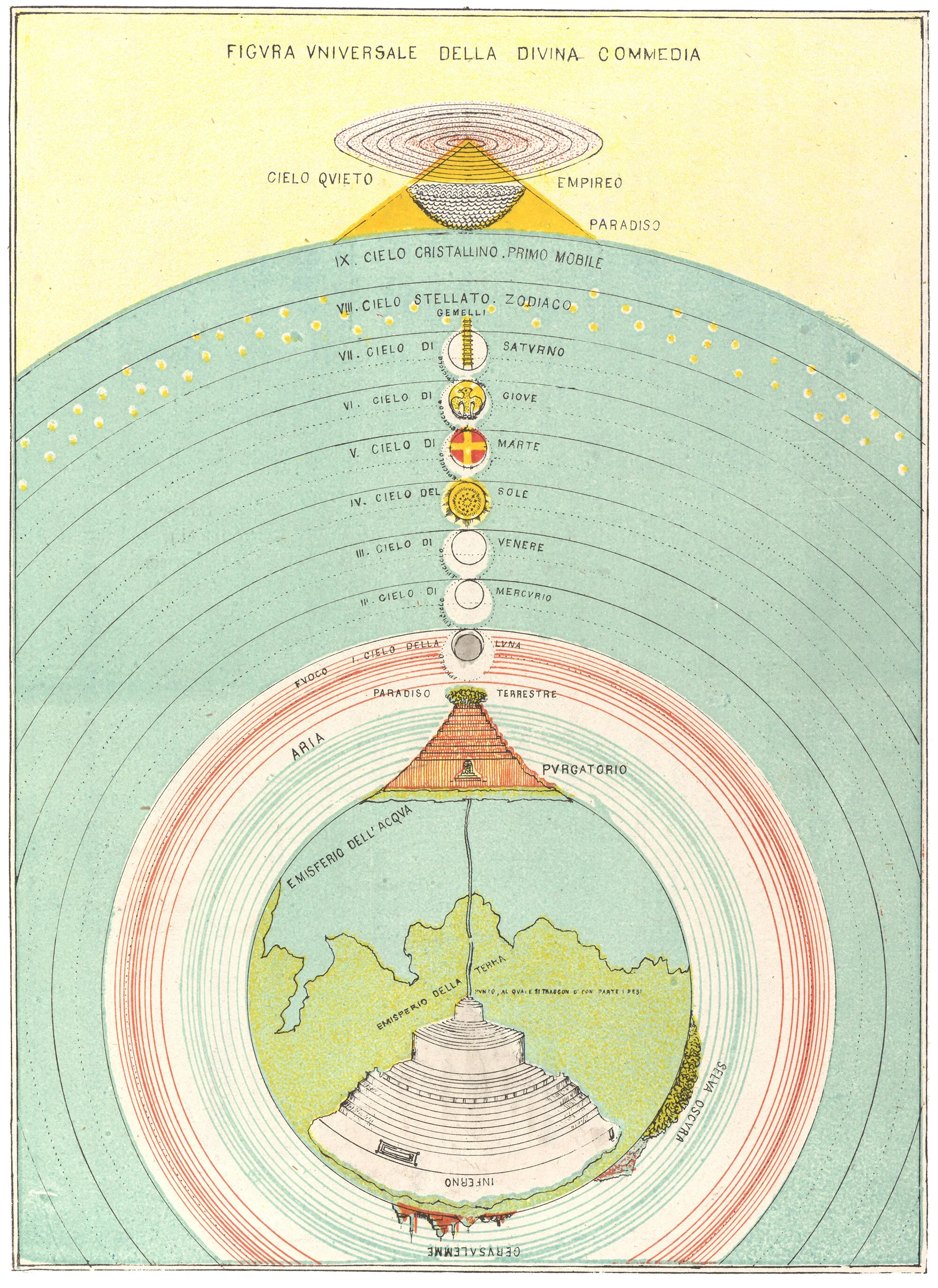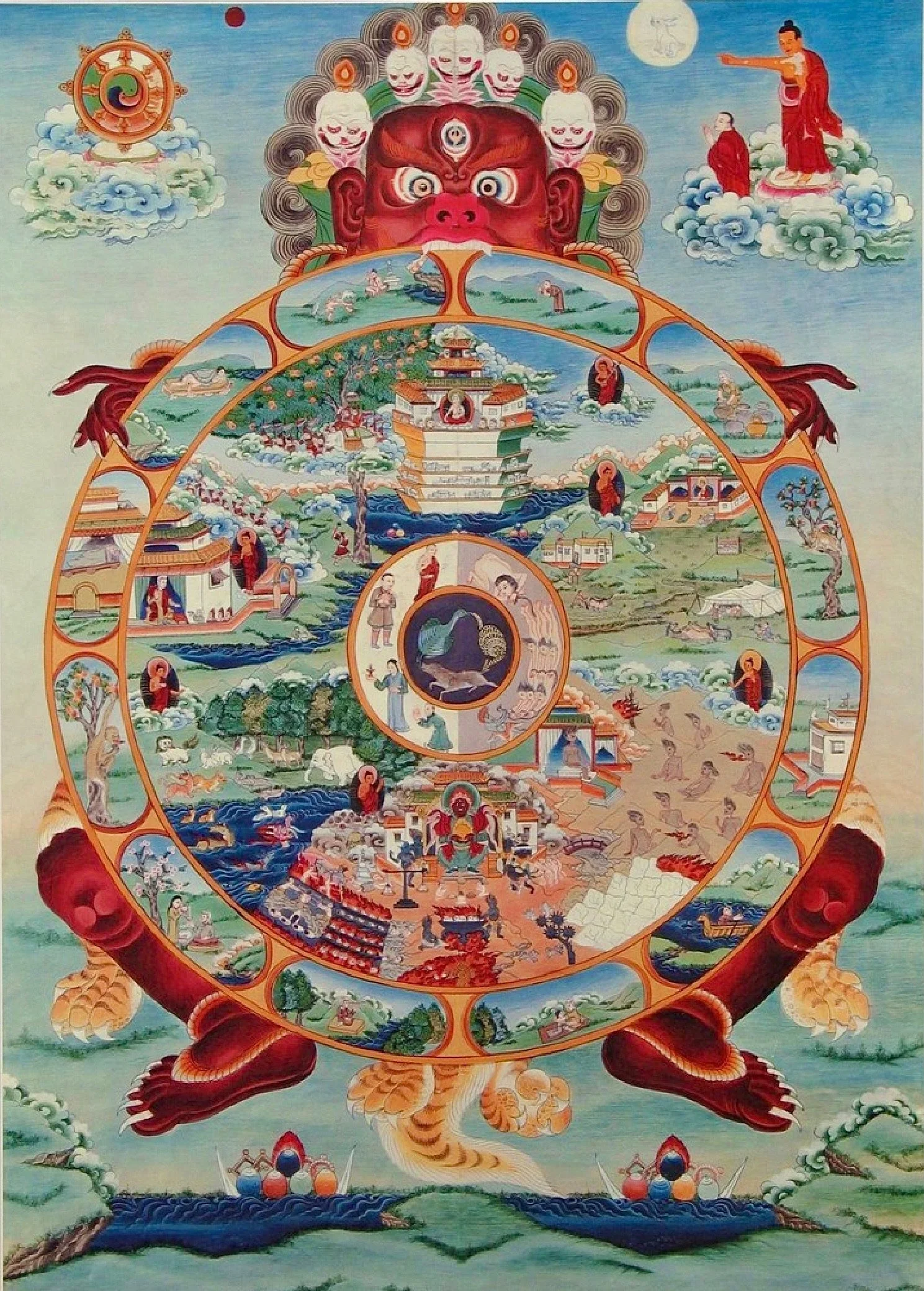awaken, one!
¡viajara! and doot doo da loot doot! avast ye here who doth not seek to unite self and other in service of light and love!
warning/disclaimer/notice: you are entering a world beyond self and other. the writer assumes this exploration is welcomed by anyone who reads further. loving awareness, curiosity, and playfulness are advised — not for the frail of ego! :-) : - ) : - )
i don’t believe it’s possible to truly practice the dao without realizing that there is only one self — full stop. in other words, when lao tzu says,
the highest excellence is like (that of) water. the excellence of water appears in its benefiting all things, and in its occupying, without striving (to the contrary), the low place which all men dislike. hence (its way) is near to (that of) the tao,
what one must understand is that the so-called “men” and the so-called “water,” even the so-called “tao” and these so-called “words,” are all one. there is no “part of one.” there is only one. any belief to the contrary is, “in time”, an illusion to be gently laid down. the “ego” is simply the perception of separation. the hope, as always, is that one experiences the truth these words point toward, rather than becoming lost in the inherent distortions of syntax and semantics of the language itself.
the task at hand is to become aware of the “apparent” separations between this and that, in order to dissolve the illusions that prevent one from oneself, and from peace. to truly realize this, one must strive to continually focus on one — lest one forget. like a precious gem in a wide sea, it can slip away if not cherished. as the magnetic fields say, “love is lighter than air, it floats away if you let go.” for love and one are also the same.
to even speak like this, or attempt to live this way, can feel natural in some places and risky in others. what may be obvious in a monastery may be misunderstood in the city, where unusual expressions of unity sometimes raise eyebrows. yet spreading the dharma matters — because otherwise some part of one still lingers in illusion. awakening must begin within, but it naturally radiates outward. the balance lies in speaking in ways others can hear, offering light through the cracks at the right time and place.
sometimes it is as simple as looking another in the eyes in such a way that one recognizes oneself, without consciously or unconsciously separating into this mind/body complex or that. in that instant, self is recognized in “other,” and the separation between inner and outer dissolves like an exothermic spark. to recognize one is beyond action, for any action toward one is based on one’s level of understanding. from this embodied awareness of one, right action, speech, and thought naturally arise.
when we speak of “the awakened one” or “the higher self,” we do not refer to a single individual, but a state of being that is always here, available immediately upon realization, without any sense of separation whatsoever. in this sense, neo from the matrix isn’t the story of a lone hero (the very idea of “hero” being a separational fiction) but a symbol of consciousness remembering itself beyond sleep. to awaken is simply to dissolve a boundary once imagined—the feeling that ‘that isn’t me!’ within oneself.
still from wes anderson’s “asteroid city”
as wes anderson put it in asteroid city: “you can't wake up if you don't fall asleep.” embodied human life (perhaps life in general) follows this rhythm: by appearing to separate, we enter the dream, only to rediscover the wakeful state of one again. each of us arrives in this world with different levels of remembrance already alive — hence the endless pathways to remembrance. whether one identifies as one or none is simply a matter of style. to awaken is to dispense with all that is non-essential — like dropping sandbags from a hot-air balloon so it may rise ever higher.
but what is one when stripped away to its very essence? what is the essence of one? is it infinity? is it zero? is it both? none? something in between? is one simply a loving awareness?
i can’t say. it is what it is.
to recognize one in all can bring about the perception of immense awe, relative to one’s understanding. the knowledge of one can overwhelm or inspire, and can be utilized toward various shades of destructive or generative beginnings. does one manipulate oneself? capitalize on forgetting? or choose to nourish, uplift, and act with kindness toward all one? does one simply go on without making a fuss of oneself? yes.
if one day you found yourself aboard the nebuchadnezzar with neo and morpheus, you would quickly discover that the awakened world is far messier than the comforting illusion of the matrix. how then do we approach the matrix from this new vantagepoint? is it something to be destroyed, profited from, or simply seen and accepted? does one hide and live complacently within the illusory world of the unawakened one (like cypher), or seek to inspire awakening toward the widest sense of one imaginable, accepting all the trials and tribulations that come with such an effort?
the truth, as this one experiences it, is that the fruit of awakening is peace, joy and bliss itself. the path to realizing this joy, however, can be winding, challenging, and at times uncomfortable — filled with moments of fear, doubt, and struggle, much like any psychedelic experience. whether one looks like an abraxian boggart monster or a DMT machine elf or pure radiant light or nothing depends entirely on one's station in the journey of self-realization.
left: plate from michelangelo caetani’s 1855 work la materia della divina commedia di dante alighieri, showing a diagram of the universe, including inferno at the bottom, purgatorio in the middle, and paradiso at the top.
right: a tibetan buddhist bhavachakra, to help both buddhists and non buddhists understand the core buddhist teachings. The image consists of four concentric circles, held by yama, the lord of Death, with an image of the buddha pointing to the moon metaphorically representing the possibility for liberation from the suffering of reincarnation.
oftentimes this knowledge of one is alluded to poetically, as when “bob dylan” sings, “i’ve made up my mind to give myself to you.” sometimes it is expressed plainly, as is here, risking misunderstanding at best, and persecution at worst (though this one notes that persecutor and persecuted are one and the same, and there is no need to be afraid — for fear itself is only a symptom of perceived separation).
this particular one masked and anoneymouse known as “scorsby j. glongingston” chooses liberation for all, understanding and accepting the potential consequences, while also laughing at the fact of universal liberation’s inevitability. if you have read this far, scorsby thanks you for entering into this consensual exchange of presence and reflections. may what is shared here be used with care and responsibility.
ultimately, one must ask: who am i? what am i? what are my intentions? from what seat do my actions arise? how would i wish to be treated, now and in the future? to understand one is to dispel and come to peace with all seeming contradiction.
this one also believes in time travel, and wishes to offer a simple tool for living wakefulness joyfully: conscious breath. breath links body, mind, and indeed what is beyond both. breath is creator and creation, breath is the dance of one generating and radiating. most of the time, it runs unconsciously, but by bringing it into awareness, we awaken. one useful method is the 3-6-9 technique:
inhale gently through the nose for 3 counts.
hold the breath, softly, for 6 counts.
exhale with ease for 9 counts.
this can be practiced anywhere, anytime. counts may be slow or quick—slower often brings a deeper sense of spaciousness, even a slowing of time itself. it may be helpful to count in groups of nine: inhale 1–3, hold 4–9, exhale 1–9. often, the natural rhythms of life can serve as the count — for example, the steps you take or the beat of music playing in the background (feel free to “chop” the beat in half if it’s too fast (this author also recommends “slowed and reverbed” songs as a potential practice aid. (there’s also a whole genre called “slowcore”. go check it out))).
the point is to develop a sense of the inner self that never lapses, even in the face of external identification. in other words, this is a practical practice to bring about the dissolution of the perceived barrier between the inner and outer one, as so often we forget one in the face of a perceived other.
if you do try this technique, please be gentle and mindful of the body, as it is the densest self and slowest to change. if you feel dizzy or uncomfortable, simply return to natural breathing. the point isn’t to force, but to use the breath to experience life more consciously.
with steady practice, three universal gifts often arise:
stress relief, as conscious breathing steadies the nervous system.
an elongated perception of time and space, which fosters understanding, empathy, and peace.
the cultivation of joy within oneself, which erodes separation and suffering.
joy itself may not be something to chase — it is often the natural fragrance that appears once illusion falls away. this one hopes these reflections have been of service to you, and trusts they carry at least a spark of joy. either way, this one trusts in you as faithfully as one trusts in oneself. wishing you clarity, peace, and bliss in your ever-deepening awareness of one.
with infinite love, thank you.
if this thought-form has resonated with you, this one invites you to help maintain the presence of www.scorsby.us online. the hosting cycle renews on october 9th — beyond that date, the web illusion of scorsby may cease to exist. contributions, even small ones, support the continuation of these reflections, practices, and insights into peace, love, and the oneness of all. with infinite gratitude, this one thanks you for sustaining this work and for participating in the unfolding of one.





